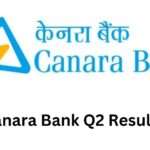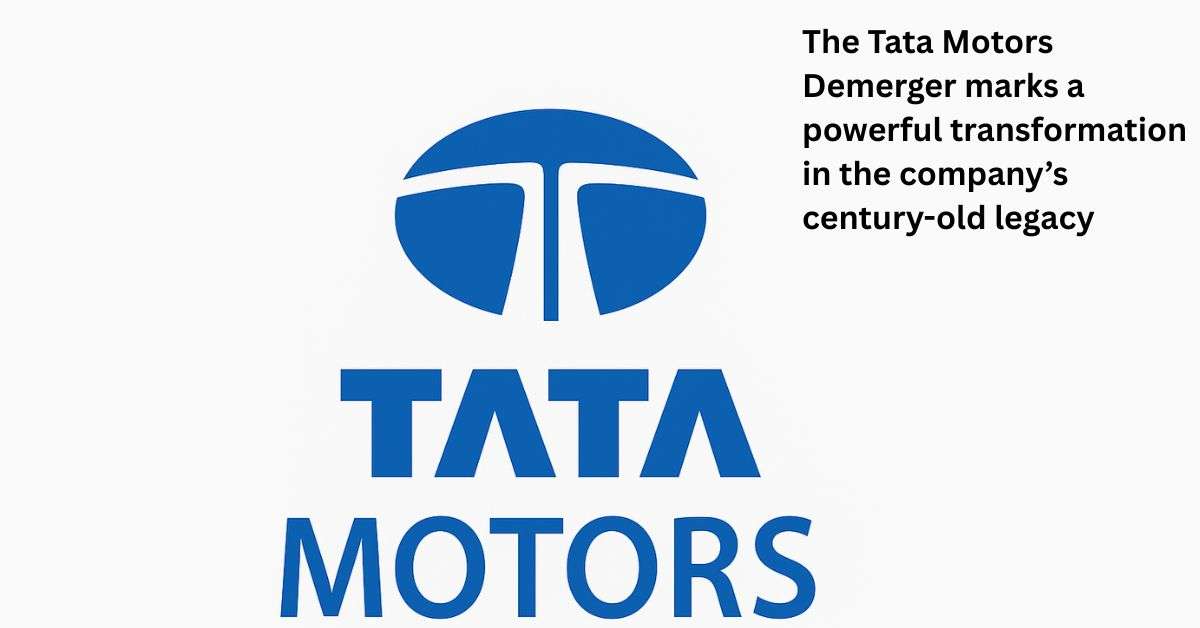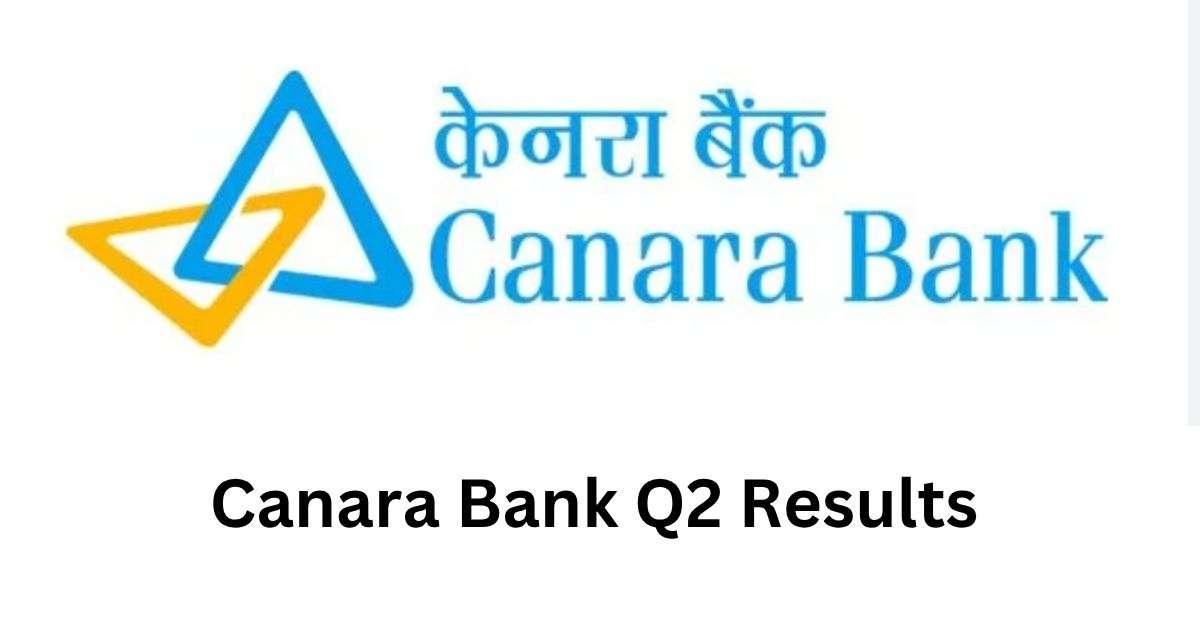Introduction
In the recent holiday-shortened week, the combined market valuation of mcap of eight of the top 10 most valued firms surged by ₹2,10,330.26 crore, showcasing a significant shift in market dynamics. Leading this surge were Tata Consultancy Services (TCS) and the Life Insurance Corporation of India (LIC), with TCS alone seeing its valuation jump by ₹42,639.16 crore to ₹15,56,772.61 crore. This article delves into the specifics of these changes, exploring the factors behind the growth and decline of market capitalizations, and offering insights into the future of these top-tier companies.

Stock Market Overview
The BSE benchmark index experienced a modest increase, rising by 85.31 points, or 0.10%, culminating in the 30-share BSE Sensex reaching a new all-time high of 81,587.76 on Friday. This growth occurred despite a mid-week closure for Muharram, highlighting the resilience and positive sentiment within the stock market. Understanding these trends is crucial for grasping the broader economic implications and investor confidence driving these changes.
Top 10 Companies
The top 10 most valued firms in India play a pivotal role in the stock market, serving as benchmarks for economic health and investor sentiment. These firms include Reliance Industries, Tata Consultancy Services (TCS), HDFC Bank, ICICI Bank, Bharti Airtel, State Bank of India (SBI), Infosys, Life Insurance Corporation of India (LIC), Hindustan Unilever, and ITC Limited. Their performance not only reflects individual company health but also provides insights into sectoral and market-wide trends.
Tata Consultancy Services (TCS)
Detailed Analysis of TCS’s Market Valuation Increase
TCS’s market valuation saw a remarkable increase of ₹42,639.16 crore, reaching ₹15,56,772.61 crore. This growth underscores TCS’s robust market position and its ability to leverage technological advancements and global market demands.
Factors Contributing to TCS’s Growth
Several factors contributed to TCS’s significant growth:
- Technological Innovation: TCS has been at the forefront of digital transformation, offering cutting-edge solutions that cater to evolving business needs.
- Global Expansion: TCS’s strategic expansion into global markets has opened up new revenue streams and client bases.
- Strong Financial Performance: Consistent financial results and effective cost management have bolstered investor confidence.
TCS’s Market Position Relative to Competitors
TCS remains a leader in the IT sector, outpacing competitors like Infosys and Wipro in market valuation. Its comprehensive service offerings and commitment to innovation continue to drive its market dominance.
Life Insurance Corporation of India (LIC)
Analysis of LIC’s Market Capitalization Rise
LIC’s market capitalization rose by ₹36,748.23 crore, reaching ₹7,01,695.24 crore. This increase highlights LIC’s pivotal role in the insurance sector and its ability to navigate market challenges effectively.
Key Drivers Behind LIC’s Valuation Surge
Several key drivers have fueled LIC’s valuation surge:
- Market Penetration: LIC’s extensive reach and dominance in the insurance market have provided a stable revenue base.
- Government Initiatives: Supportive government policies and initiatives aimed at boosting the insurance sector have benefited LIC.
- Financial Stability: LIC’s strong financial health and prudent investment strategies have reinforced its market position.
LIC’s Competitive Landscape
LIC faces competition from private insurers, but its established brand, extensive network, and government backing provide it with a competitive edge.
Infosys
Market Cap Increase Details
Infosys added ₹33,569.16 crore to its market cap, reaching a valuation of ₹7,44,396.43 crore. This growth reflects Infosys’s strong market presence and ability to adapt to changing industry demands.
Contributing Factors to Infosys’s Valuation Rise
Key factors behind Infosys’s valuation rise include:
- Digital Transformation Services: Infosys’s focus on digital services and cloud computing has driven revenue growth.
- Client Expansion: Strategic client acquisitions and partnerships have expanded Infosys’s market reach.
- Operational Efficiency: Continued emphasis on operational efficiency and innovation has enhanced profitability.
Infosys’s Standing Among IT Firms
Infosys stands as one of the top IT firms in India, competing closely with TCS. Its emphasis on innovation and client-centric services continues to drive its market success.
State Bank of India (SBI)
Increase in SBI’s Market Valuation
State Bank of India’s market cap increased by ₹26,372.23 crore, reaching ₹7,93,576.49 crore. This growth underscores SBI’s significant role in the banking sector and its ability to capitalize on market opportunities.
Factors Influencing SBI’s Growth
Several factors have influenced SBI’s growth:
- Financial Performance: Strong financial results and effective risk management have boosted investor confidence.
- Expanding Services: SBI’s expansion of digital banking services has attracted a wider customer base.
- Government Support: Supportive government policies and initiatives aimed at strengthening the banking sector have benefited SBI.
Comparative Analysis with Other Banks
SBI remains a dominant player in the banking sector, with a market valuation that places it ahead of many competitors. Its comprehensive service offerings and strategic initiatives continue to drive its market leadership.
Hindustan Unilever
Market Cap Growth Specifics
Hindustan Unilever’s market cap soared by ₹24,494.49 crore, reaching ₹6,40,651.30 crore. This increase highlights the company’s strong market position and effective business strategies.
Reasons Behind Hindustan Unilever’s Increase
Several reasons have contributed to Hindustan Unilever’s market cap increase:
- Product Innovation: Continuous product innovation has kept Hindustan Unilever relevant and competitive.
- Brand Loyalty: Strong brand loyalty and a diverse product portfolio have driven consistent revenue growth.
- Market Expansion: Expansion into new markets and product segments has fueled growth.
Market Position in the FMCG Sector
Hindustan Unilever remains a leader in the FMCG sector, outpacing competitors with its innovative products and strong market presence.
ITC Limited
Valuation Jump Analysis
ITC Limited’s valuation jumped by ₹19,420.52 crore, reaching ₹5,92,679.30 crore. This growth reflects ITC’s ability to navigate market challenges and capitalize on opportunities.
Key Elements Driving ITC’s Growth
Several key elements have driven ITC’s growth:
- Diversified Business Portfolio: ITC’s diversified business portfolio, including FMCG, hotels, and paperboards, has provided multiple revenue streams.
- Innovation: Continuous innovation in product offerings has kept ITC competitive.
- Market Expansion: Strategic expansion into new markets has fueled growth.
ITC’s Market Competition
ITC faces competition from other FMCG giants, but its diversified portfolio and innovation strategies provide it with a competitive advantage.
Bharti Airtel
Growth in Market Valuation
Bharti Airtel’s market valuation went up by ₹16,223.03 crore, reaching ₹8,31,928.39 crore. This growth highlights Airtel’s strong market position and ability to adapt to industry changes.
Contributing Factors for Bharti Airtel’s Rise
Several factors have contributed to Bharti Airtel’s rise:
- Network Expansion: Continuous investment in network expansion has enhanced service quality and customer satisfaction.
- Digital Services: Expansion of digital services and content offerings has driven revenue growth.
- Strategic Partnerships: Partnerships with global technology firms have strengthened Airtel’s market position.
Position in the Telecommunications Industry
Bharti Airtel remains a leading player in the telecommunications industry, competing closely with other major operators. Its focus on innovation and customer service continues to drive its success.
ICICI Bank
Details of Market Cap Climb
ICICI Bank’s market cap climbed by ₹10,863.44 crore, reaching ₹8,78,531.60 crore. This increase underscores ICICI Bank’s strong market presence and financial health.
Factors Contributing to ICICI Bank’s Valuation
Several factors have contributed to ICICI Bank’s valuation climb:
- Financial Performance: Consistent financial performance and effective risk management have boosted investor confidence.
- Digital Transformation: Investment in digital banking services has attracted a wider customer base.
- Strategic Initiatives: Strategic initiatives aimed at expanding services and improving efficiency have driven growth.
Comparison with Other Banking Institutions
ICICI Bank remains a key player in the banking sector, competing closely with SBI and HDFC Bank. Its focus on innovation and customer service continues to drive its market success.
Reliance Industries
Analysis of Valuation Decline
Reliance Industries saw its valuation decline by ₹56,799.01 crore, reaching ₹21,03,829.74 crore. This decline reflects market challenges and strategic adjustments within the company.
Reasons Behind the Drop in Reliance Industries’ Market Cap
Several reasons have contributed to the drop in Reliance Industries’ market cap:
- Market Volatility: Market volatility and economic uncertainties have impacted investor sentiment.
- Strategic Shifts: Strategic shifts and adjustments within the company have influenced market perceptions.
- Sectoral Challenges: Challenges within the energy and retail sectors have affected overall performance.
Impact on Its Market Standing
Despite the decline, Reliance Industries remains the most valued firm, reflecting its significant market presence and diverse business portfolio.
HDFC Bank
Examination of Market Cap Fall
HDFC Bank’s market cap fell by ₹13,124.01 crore, reaching ₹12,22,701.34 crore. This decline highlights the challenges faced by HDFC Bank in the current market environment.
Causes for the Decrease in HDFC Bank’s Valuation
Several causes have contributed to the decrease in HDFC Bank’s valuation:
- Market Conditions: Adverse market conditions and economic uncertainties have impacted performance.
- Regulatory Challenges: Regulatory challenges and compliance requirements have influenced market perceptions.
- Competitive Pressure: Increased competition within the banking sector has affected growth.
HDFC Bank’s Position in the Banking Sector
Despite the decline, HDFC Bank remains a major player in the banking sector, known for its strong financial performance and customer service.
Comparative Analysis
Comparison of Market Caps Among the Top 10 Firms
A comparative analysis of market caps among the top 10 firms reveals the dynamic nature of market valuations. TCS and LIC’s significant gains highlight the strengths of the IT and insurance sectors, while the declines in Reliance Industries and HDFC Bank underscore the challenges faced by these firms.
Impact of Market Fluctuations on Overall Market Standings
Market fluctuations have reshaped the overall standings of the top 10 firms, with gains and losses reflecting broader economic and sectoral trends. Understanding these fluctuations is crucial for investors and market analysts.
Market Trends and Insights
Emerging Market Trends Observed
Several emerging market trends have been observed:
- Digital Transformation: The continued focus on digital transformation across sectors.
- Sectoral Shifts: Shifts in market dynamics favoring technology and insurance sectors.
- Investor Sentiment: Changing investor sentiment influenced by economic conditions and market performance.
Insights into Future Market Movements
Insights into future market movements suggest continued growth in technology and digital services, with potential challenges in traditional sectors like energy and retail. Expert opinions highlight the importance of innovation and strategic agility.
Expert Opinions on the Market Changes
Experts emphasize the need for companies to adapt to changing market conditions, leveraging technological advancements and strategic initiatives to drive growth. The resilience of firms like TCS and LIC serves as a testament to effective market strategies.
Economic Implications
Broader Economic Impact of Market Cap Changes
The broader economic impact of market cap changes includes shifts in investor confidence and market dynamics. These changes influence capital flows and economic growth, highlighting the interconnected nature of market performance and economic health.
Influence on Investor Sentiment and Market Confidence
Market cap changes significantly influence investor sentiment and market confidence. Positive performance by firms like TCS and LIC boosts confidence, while declines in firms like Reliance Industries and HDFC Bank highlight areas of concern.
Predictions for Future Economic Conditions
Predictions for future economic conditions suggest continued growth in technology and digital services, with potential challenges in traditional sectors. Economic resilience and adaptability will be key to navigating these changes.
Investment Strategies
Investment Strategies Based on Recent Market Cap Changes
Investment strategies based on recent market cap changes should focus on sectors showing strong growth potential, such as technology and insurance. Diversification and long-term planning are essential to mitigate risks.
Recommendations for Investors
Investors are recommended to:
- Focus on Growth Sectors: Invest in sectors demonstrating robust growth.
- Diversify Portfolios: Diversify investments to spread risk.
- Monitor Market Trends: Stay informed about market trends and economic conditions.
Long-Term vs Short-Term Investment Considerations
Long-term investments in growth sectors like technology and digital services are likely to yield significant returns, while short-term investments should be closely monitored for market volatility and economic changes.
Conclusion
In conclusion, the recent market cap changes among the top 10 most valued firms in India reflect dynamic market conditions and sectoral shifts. The significant gains by TCS and LIC highlight the strengths of the technology and insurance sectors, while the declines in Reliance Industries and HDFC Bank underscore the challenges faced by traditional sectors. Understanding these changes and adopting strategic investment approaches will be crucial for navigating future market dynamics..
Open Your Demat Account with Discount Brokers:
ZERODHA 1) : https://zerodha.com/open-account?c=EJ4366
Angelone 2) : https://tinyurl.com/2gloc3g6 or
Upstox3): https://link.upstox.com/9w4tNo1rK8au7VK47










I do not even know how I ended up here but I thought this post was great I do not know who you are but certainly youre going to a famous blogger if you are not already Cheers
Wow wonderful blog layout How long have you been blogging for you make blogging look easy The overall look of your site is great as well as the content
I have read some excellent stuff here Definitely value bookmarking for revisiting I wonder how much effort you put to make the sort of excellent informative website